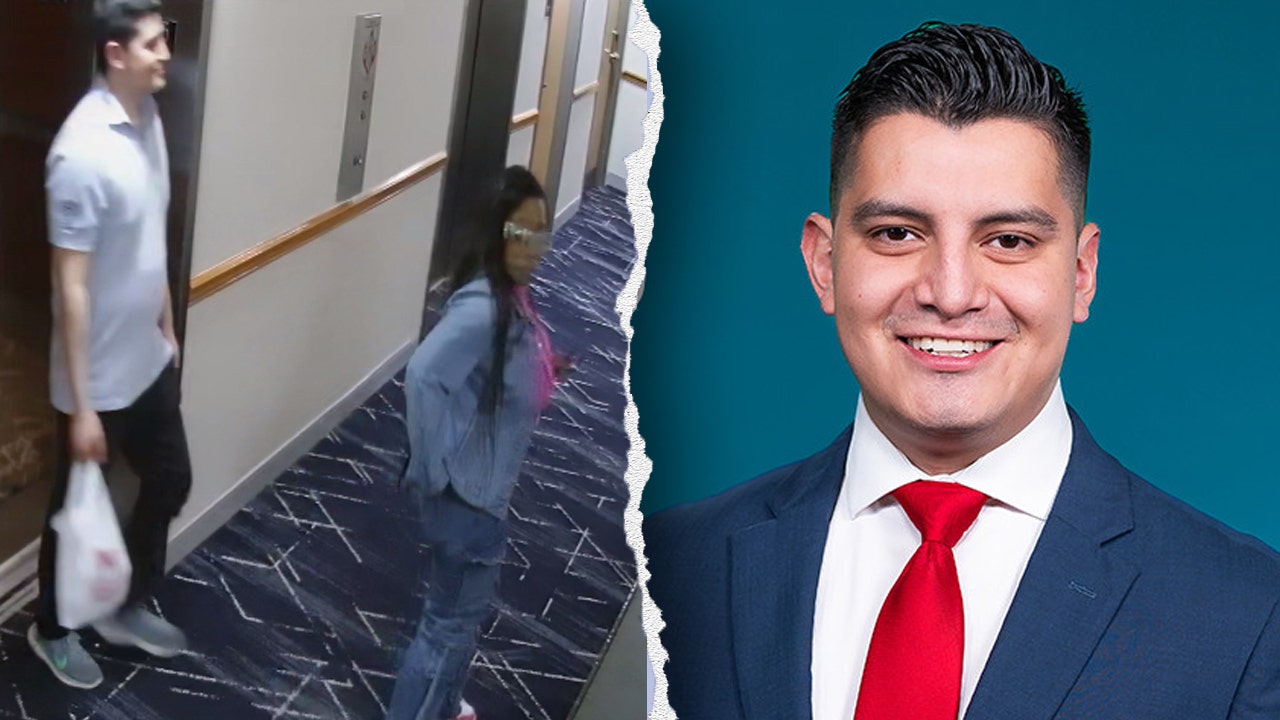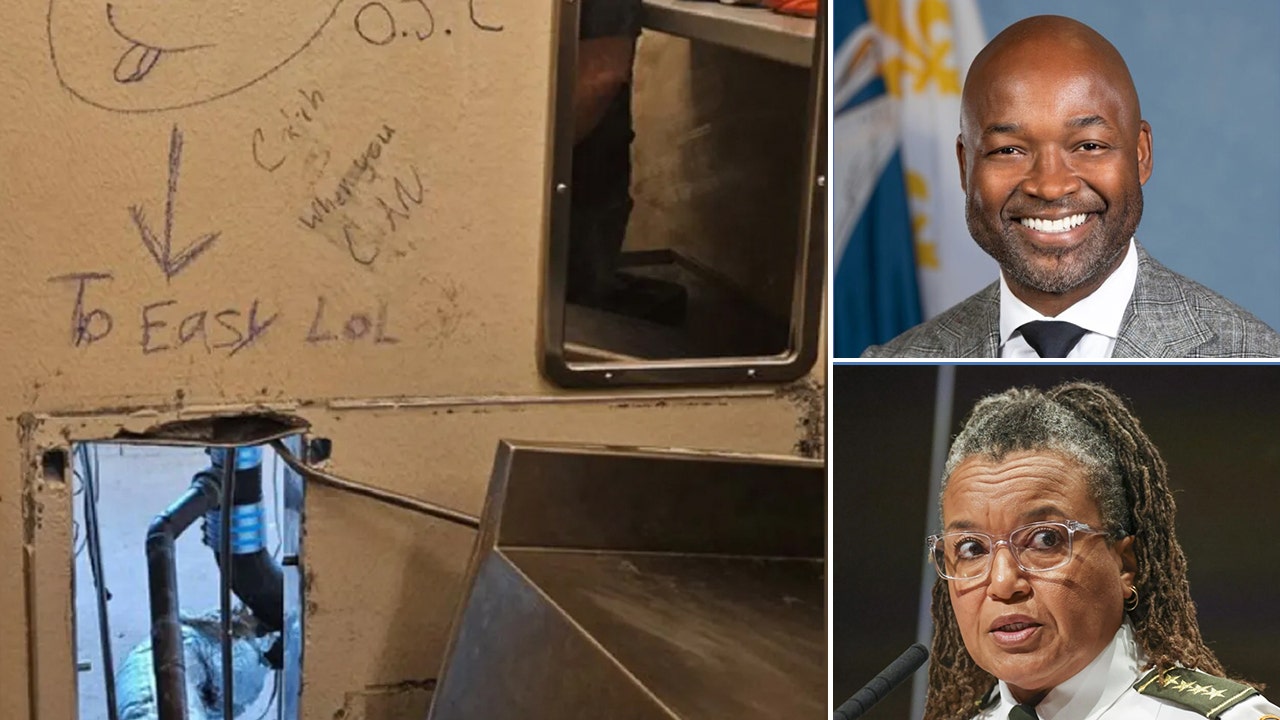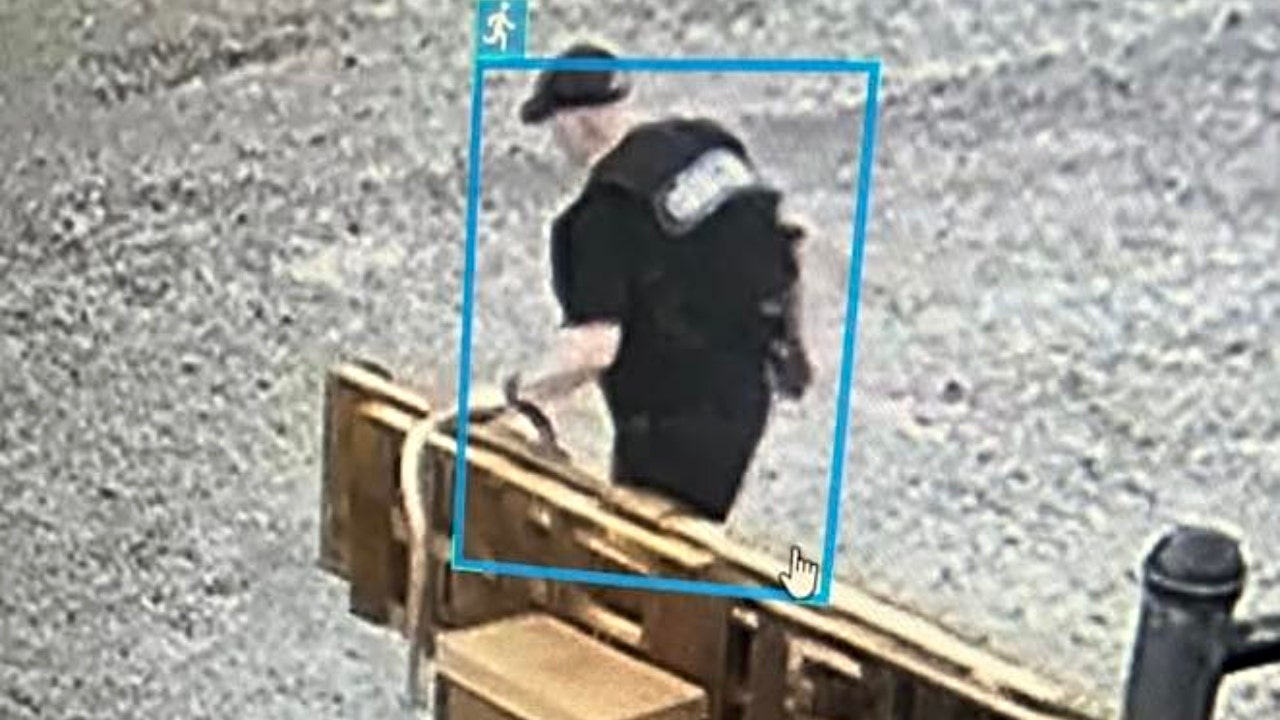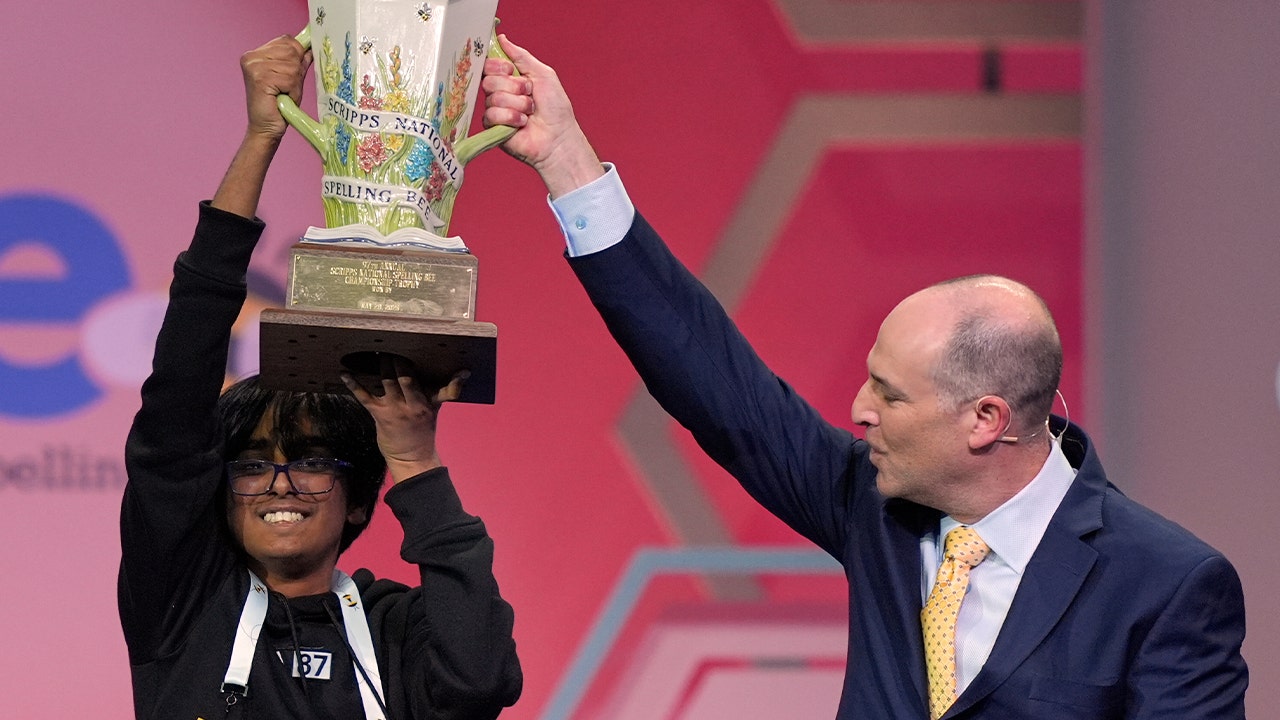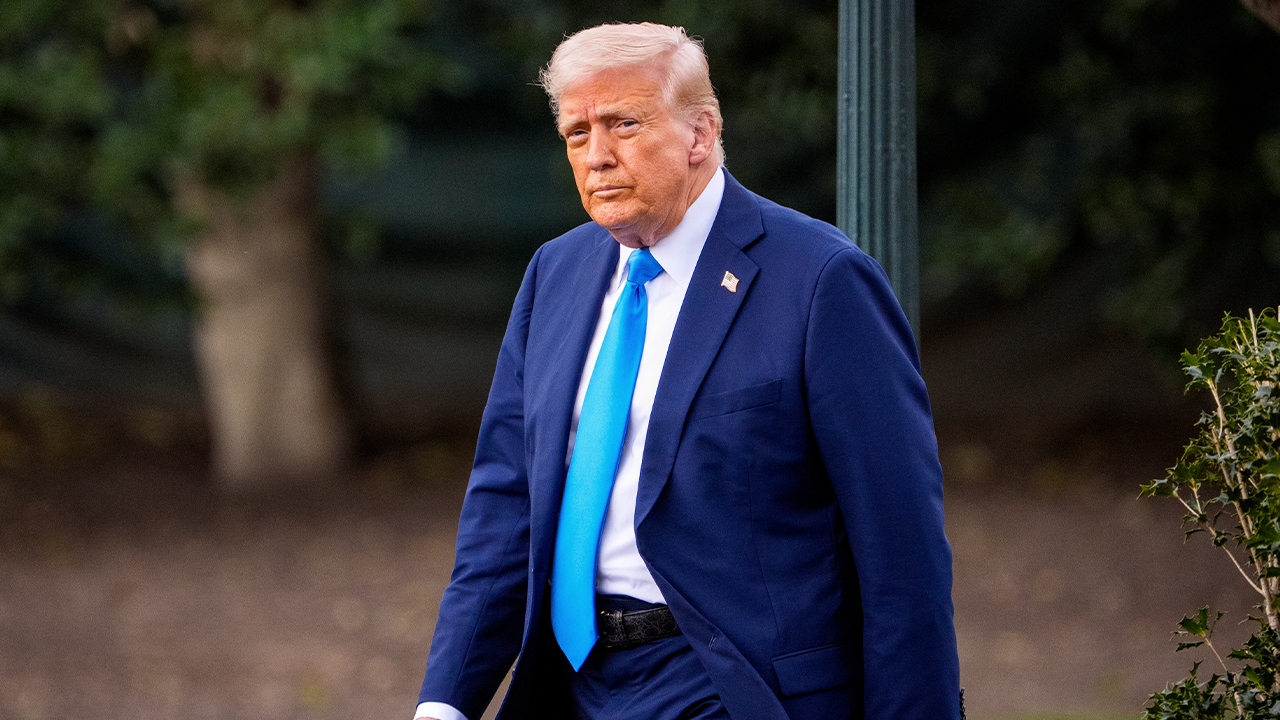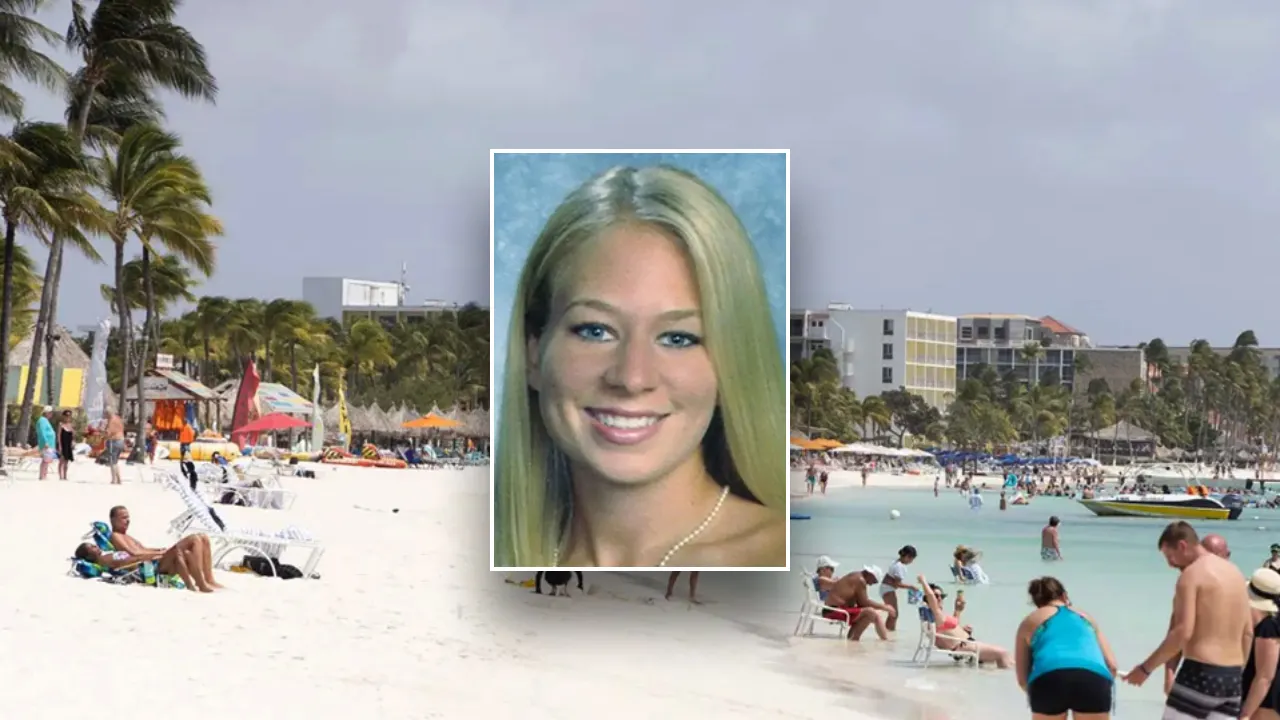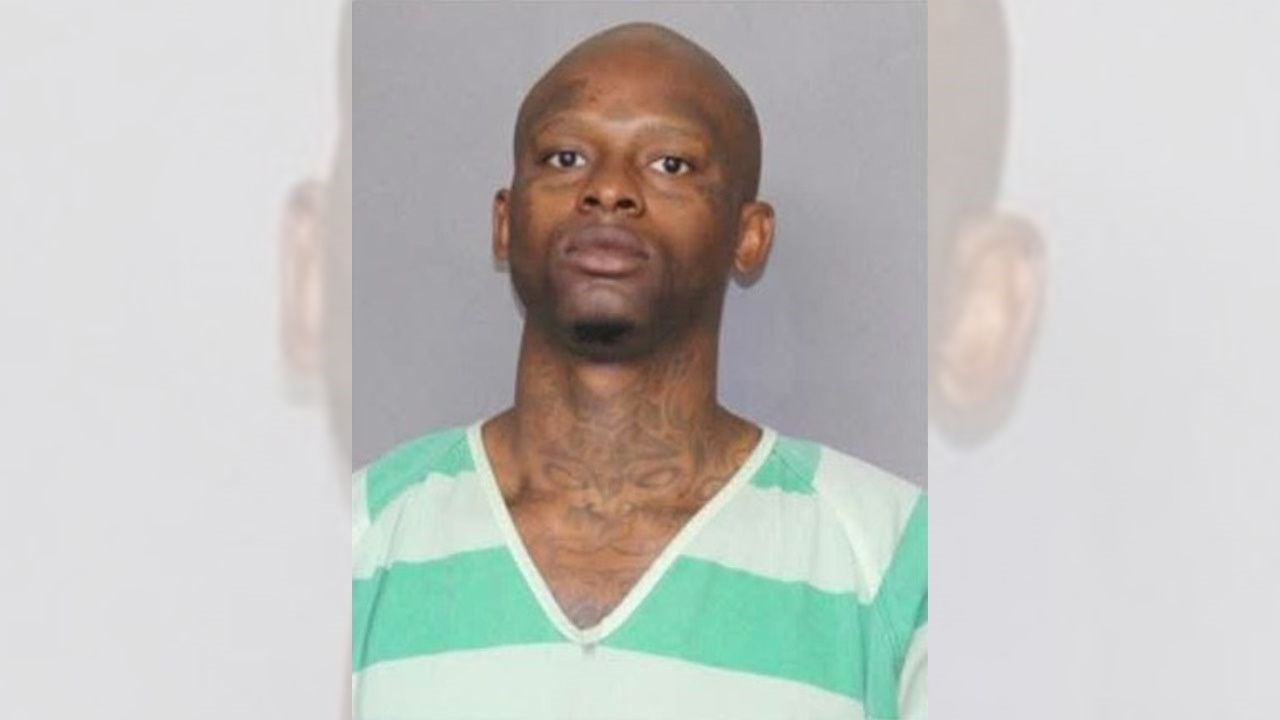Karen Read’s defense team looked to chip away at a crash expert’s credibility by pointing to eye-watering expenditures and alleged inconsistencies in experiments as the state enters the 11th hour of testimony in their case.
Read is accused of killing her then-boyfriend, Boston police officer John O’Keefe, by striking him with her Lexus SUV outside a house party at 34 Fairview Road and leaving him to die in frigid temperatures shortly after midnight on Jan. 29, 2022.
The state’s expected final witness, Dr. Judson Welcher, a crash reconstructionist with Texas-based Aperture LLC, held firm on his findings that Read’s vehicle allegedly struck O’Keefe.
KAREN READ’S SUV REACHED ‘74% THROTTLE’ MOMENTS BEFORE JOHN O’KEEFE’S FINAL MOVEMENTS, CRASH EXPERT TESTIFIES
“[O’Keefe’s injuries are] consistent with being struck by a Lexus and also contacting a hard surface, such as frozen ground,” Welcher told special prosecutor Hank Brennan.
In a sometimes-evasive line of cross-examination, Welcher often provided non-answers to defense attorney Robert Alessi’s questions surrounding his modifications to a PowerPoint presentation used in Read’s trial to depict Aperture’s investigation.
“Assume the trial started approximately April 22, 2025,” Alessi said. “Did you create your updated presentation before or after [it began]?”
“I don’t know,” Welcher replied.
KAREN READ TRIAL WITNESS FACES BRUTAL CROSS-EXAMINATION OVER VEHICLE DATA
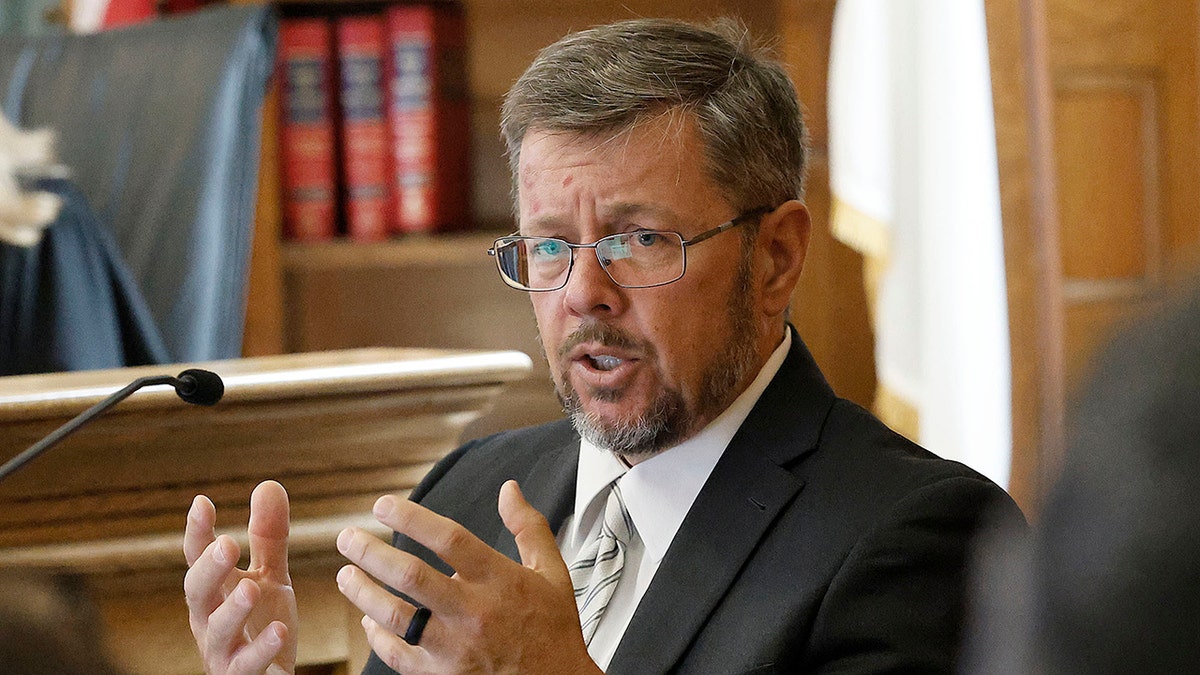
Alessi looked to nail down a timeline of when Welcher may have made changes to the document and whether the prosecution communicated with him regarding the alterations.
Welcher eventually relented before testifying that he altered the presentation for the first time on May 13, with the most recent change occurring “like, 10 minutes ago.”
“Half of that was in response to objections from the defense,” Welcher said. “I had to add all the parts to where everything was. Then, when I got out here, Mr. Brennan asked me to take out references to evidence about statements that I was not allowed to present. So that would have been within the last three days. Then I’ve modified it a couple of times today based on rulings from the judge.”
BRAIN SURGEON TESTIFIES JOHN O’KEEFE DIED FROM FALL ON FROZEN GROUND IN KAREN READ TRIAL

However, Welcher testified on cross-examination that the amendments he made to the presentation did not alter the overall document.
“I changed one slide,” Welcher said. “There were 130 slides originally, or something like that. So half of the changes [were] on that day, which was one slide. I added one line to the bottom of the previous slide.”
“Well then, why did you make it in the middle of trial if it wasn’t significant?” Alessi asked. “Why didn’t you just leave it off and then discuss it in terms of testimony?”
EXPERT WITNESS IN KAREN READ MURDER TRIAL CAUGHT WITH ‘ERRORS’ INFLATING HIS CREDENTIALS
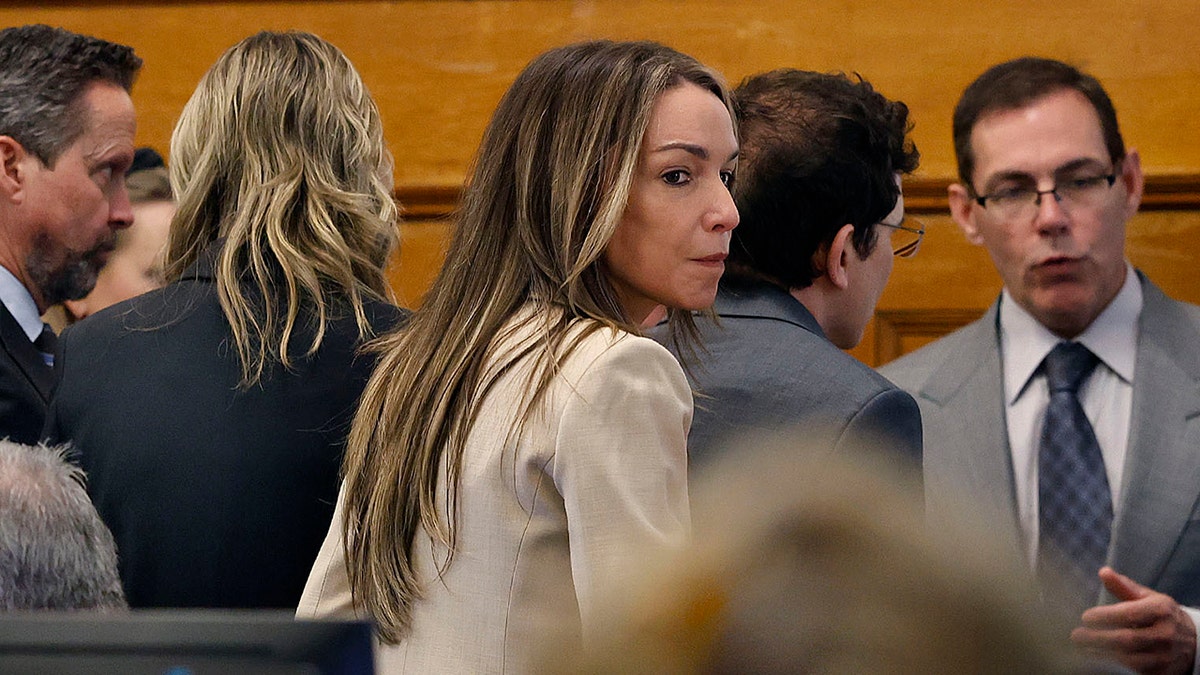
“So it ultimately was left off because it was insignificant, and I didn’t need to have it,” Welcher said. “The way it got presented was exactly the way it was before May 13. So it didn’t change anything.”
On cross-examination, Welcher revealed the district attorney’s office previously agreed to pay Aperture at least $325,000 for the firm’s services, along with covering the cost of the Lexus SUV used in testing.
“We’re keeping [the vehicle] until the trial’s over,” Welcher said. “[Then] we’re selling it and charging the commonwealth the difference in the price exactly.”
KAREN READ SCORES MAJOR WIN AS JUDGE ALLOWS CRASH RECONSTRUCTION TESTIMONY

Aperture has been paid $44,510 for its services to date, with the state expected to pay upwards of $400,000 for around eight months of work, according to Alessi.
“Dr. Welcher was perfect on direction, but only a B- on cross-examination,” retired Massachusetts Superior Court Judge and Boston College law professor Jack Lu told Fox News Digital. “He is not answering the questions from Mr. Alessi directly. He may not be intentionally being evasive, but he’s no longer a near-perfect example of how an expert witness should testify.”
O’Keefe’s arm injuries were concurrent with being struck by the make and model of Read’s vehicle, Welcher testified on direct examination. The crash expert pointed to a video showing him painting the taillight of the car before brushing up against it to mimic a collision.
FOLLOW THE FOX TRUE CRIME TEAM ON X
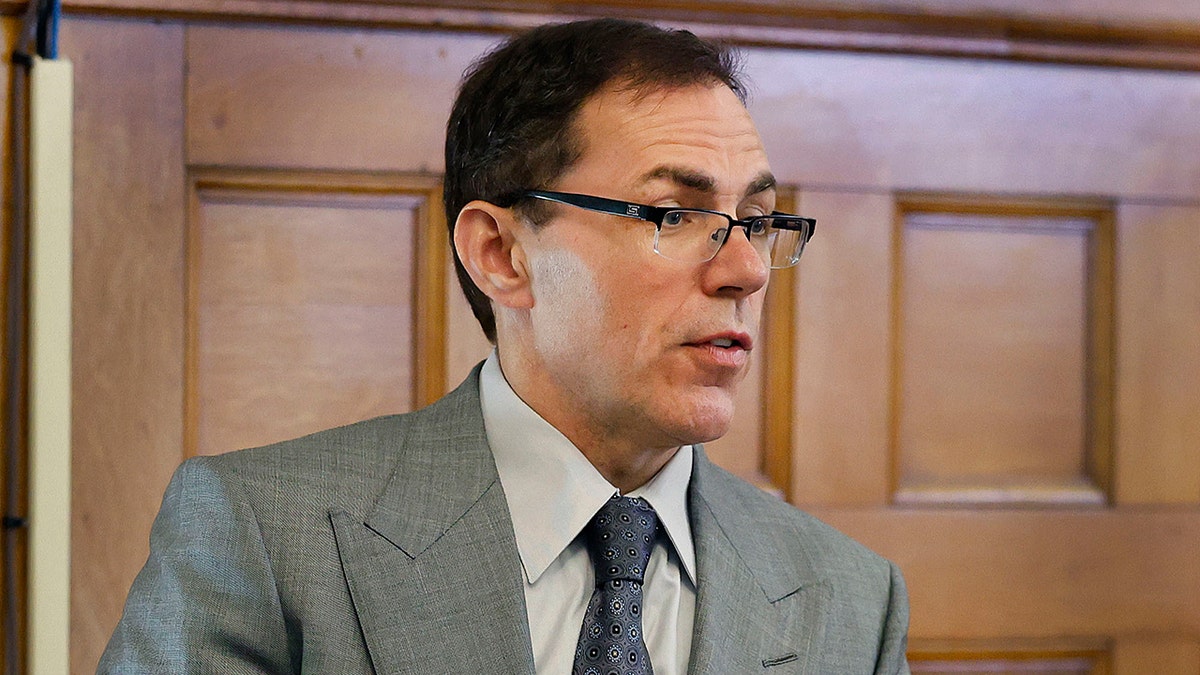
Alessi looked to create doubt surrounding Welcher’s findings, grilling the biomechanical engineer on the methodology behind his experiment surrounding the cause of the injury to O’Keefe’s eye.
“I’m trying to make it clear,” Welcher said. “We don’t know his exact body position at the point of impact, nor do we know the exact position on the ground. Which is part of the reason why I haven’t tried to exactly simulate this, because we don’t have enough parameters to do that. So I don’t have that information. I’m showing the geometry relative to someone of Mr. O’Keefe’s height.”
“So you don’t have the information to do that properly,” Alessi said. “So therefore, you can’t preclude that he had a laceration to the eye from the spoiler by your own answer that you just gave, correct?”
Welcher doubled down on his investigation, asserting on the stand that Aperture’s experiment was correct based on the information the firm had at the time, despite Alessi revealing the vehicle in Welcher’s test was moving only two miles per hour — significantly less than the speed of Read’s vehicle.
SIGN UP TO GET TRUE-CRIME NEWSLETTER
“Would you agree that you did a blue paint test with the vehicle going at two miles per hour?” Alessi asked.
“Of course,” Welcher said.
“You didn’t do a blue paint test with the vehicle going at 20 miles per hour, correct?” Alessi said.
“That is correct,” Welcher said. “I was not going to hit myself with the Lexus at 20 miles an hour.”
Wednesday marked the second day of testimony from Welcher, as the state is expected to rest its case this week.
Read pleaded not guilty and is facing the possibility of life in prison if convicted of the top charge, second-degree murder.
“The model being followed here is very good and professional,” Lu said. “What you have here is a very nice judge meets a very nice lawyer,” adding, “This results in a looser, less-focused cross-examination. It’s working out fine here, partially because the witness is not being super evasive.”

